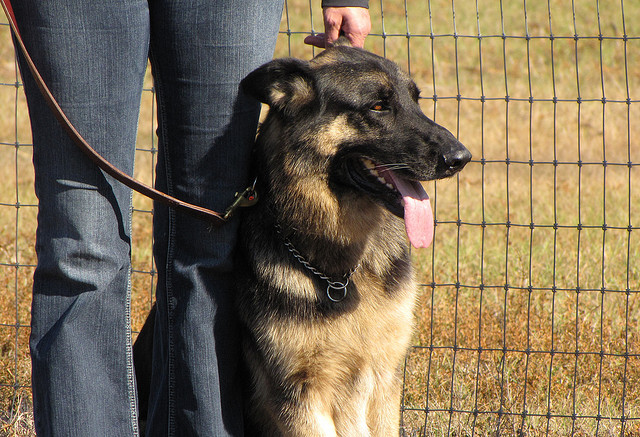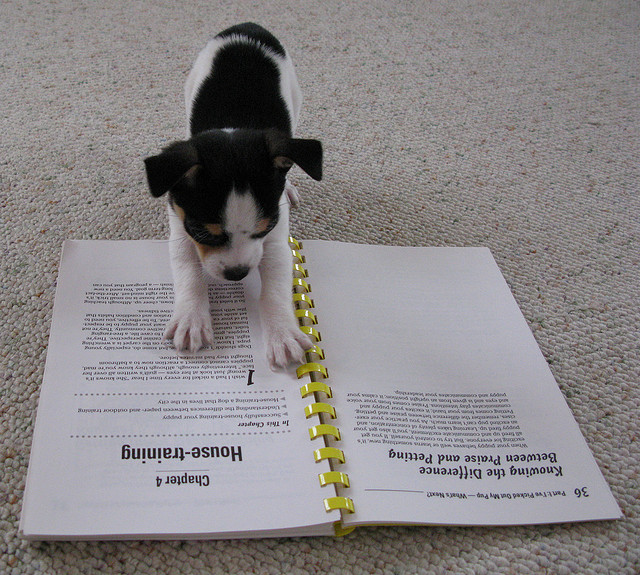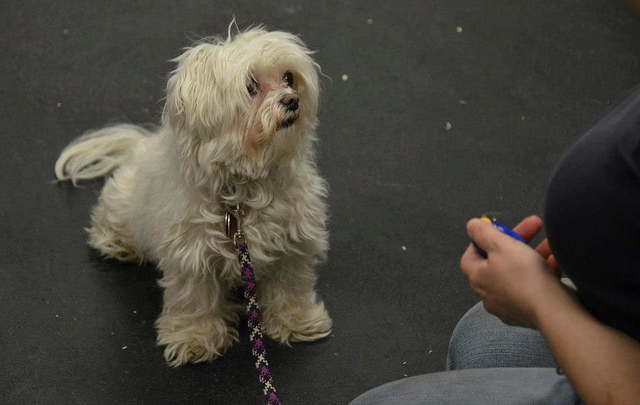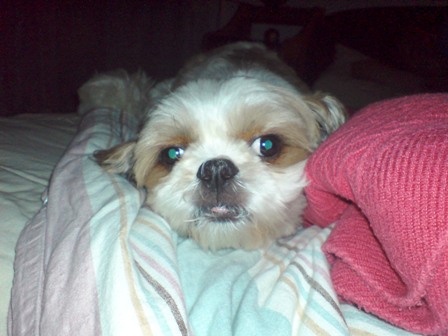We have covered a bunch of training tips but I always seem to find one or two new ones from reading over hundreds of peoples blogs and articles. These tips are some of the best I have seen and cover some thing your might not think about when you first start training your new dog:
1. Have one person in the family conduct the training. Even if everyone in the family is using the same verbal commands, their timing will be slightly different, which could confuse the dog. It should be someone who is patient. Have other family members work with the dog later, after her learning is well under way. Just be sure everyone in the family is using the same commands.
2. Use positive reinforcement. Reward the dog as she learns, and never punish the dog or become unpleasant when she doesn’t catch on right away. If the dog associates obedience with something pleasant, she is more likely to obey. If she associates obedience with scolding, she won’t learn as well. Training is not the time to issue the word “No.” “No” should be used only to correct inappropriate behavior. A puppy that doesn’t catch on right away to training is not misbehaving. She just hasn’t yet learned what you want her to do.3. Teach one command at a time. Move on to an additional command only after the dog has caught on well to the first.
4.Keep your voice cheerful. Some dogs respond best to a very playful, coaxing voice, whereas others respond better to a slightly stern–but still pleasant–voice. Again, experiment to see which tone of voice gets you the best response.
5. Keep your sense of humor. Puppies are distracted easily and can try your patience. Focus on your puppy’s accomplishments, no matter how small they are, and enjoy your time with her. She won’t be a puppy for long, after all.
6. Train in various places. All the commands can be practiced in the house, in the yard, or with the dog on leash at a neighborhood park. If you vary the places you train your dog, more likely she’ll learn to obey wherever you are. Training her in different places will also help socialize your puppy.
7. Train your puppy as you play. For instance, if you are playing fetch with a ball, ask your puppy to “Sit” before throwing the ball. Say “Come” as she returns with the ball. This reinforces your formal sessions, and since playtime is fun, it will help the dog learn to associate obedience with something pleasant.
8. Integrate training into daily life. As soon as your dog learns a command, begin using it routinely, not just during training sessions, and continue to reward the dog appropriately. Say “Heel” as you go from the kitchen to the living room, for example, and reward her when she obeys. Integrating commands into daily life as soon as possible will help ensure that your dog learns to listen in all types of situations, not just during your training sessions.
9. Do not expect a dog of any age to obey every command every single time. Dogs are living creatures, not robots. They have good days and not-so-good days, just as people do. Sometimes they concentrate better than others. This is why keeping your dog on a leash anytime she is not in a fenced-in yard or in the house is imperative.
It is always good to use positive reinforcement with treats to help them train and understand what it is you want them to do. Just make sure not to use them every single time or your dog may only obey with a treat in sight. Just alternate treats with petting them and using a warm and loving tone when you tell them good job!
Do you have any tips to share?
Image Source: airwaves1 on Flickr





Leave a Reply